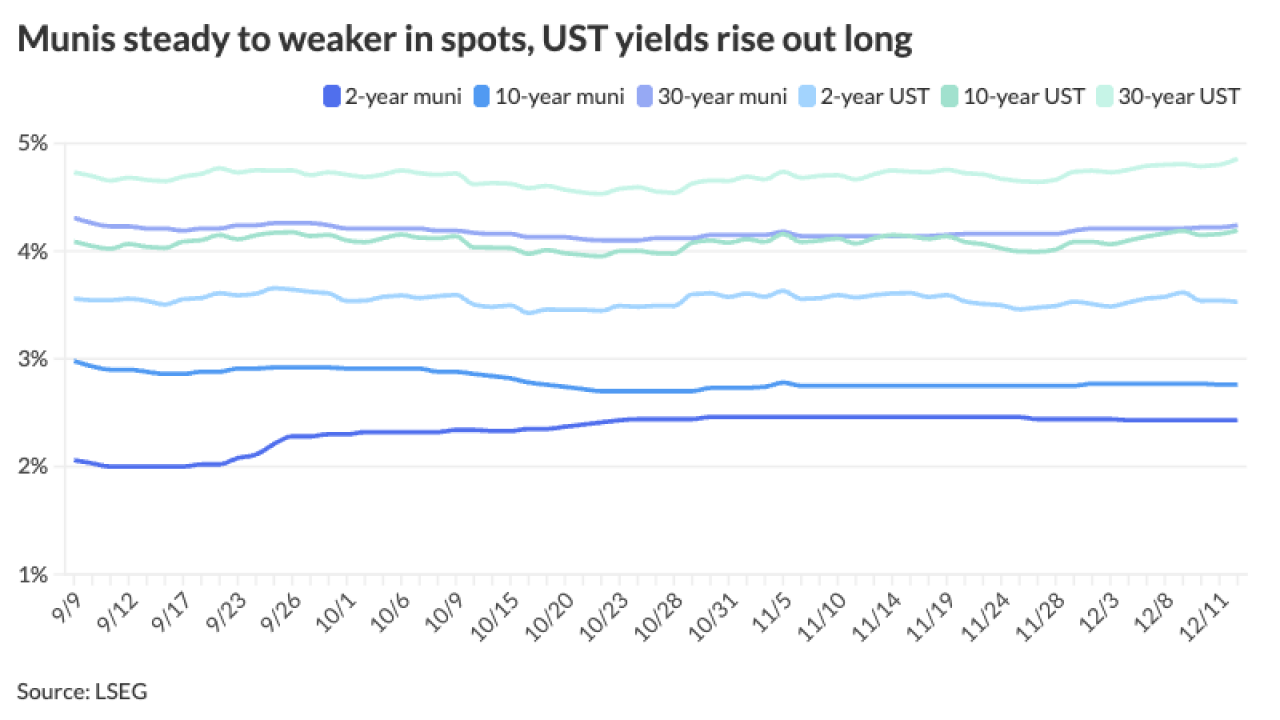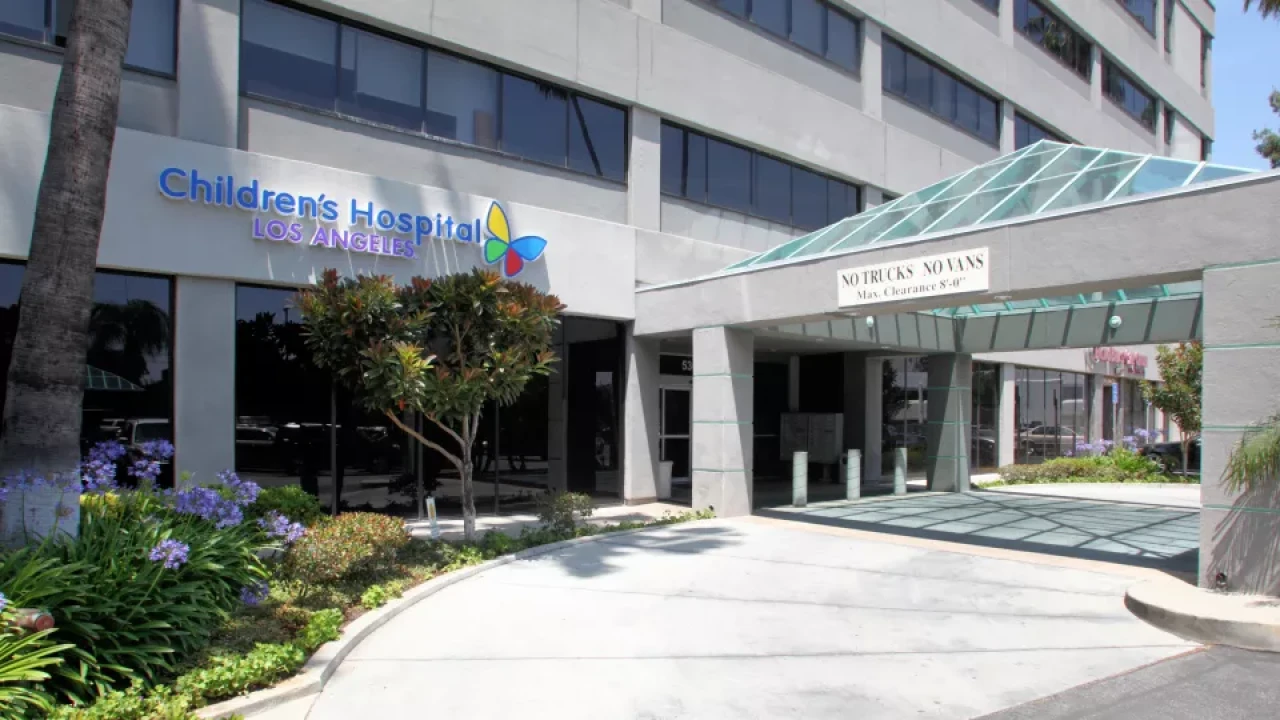
BRADENTON, Fla. - Competition for tertiary care and declining admissions at Opelousas General Health System in Louisiana led S&P Global Ratings to downgrade the hospital's bonds below investment grade.
S&P on Monday downgraded its long-term ratings to BB-plus from BBB-minus on hospital revenue bonds issued by the Opelousas General Hospital Authority in 2003.
The lower rating affects about $13.9 million of outstanding bonds, although the hospital also has $11.8 million of 2009 privately placed bonds that are unrated, S&P said.
The outlook is stable.
S&P said the downgrade reflects the health system's "vulnerable enterprise profile" highlighted by a low market share due to substantial outmigration for tertiary services to nearby competitors, and declining admissions through fiscal 2016.
"Our expectation of further improvement in the financial profile provides stability at the current rating, in our view," said analyst Charlene Butterfield. "We expect that the recent measures management has taken to reduce expenses, generally through employee cuts and lowering supply costs will help improve operations in the coming year."
Management's efforts to recruit physicians also could lead to volume growth in the next year, she said.
The health system includes a 209-licensed bed general acute care hospital and an affiliated physician's practice in Opelousas, which is about 60 miles west of Baton Rouge.
S&P said the hospital's credit strengths include its position as a sole provider in rural Louisiana, very low debt levels, solid debt service coverage and moderate unrestricted reserves compared to debt.
In fiscal years 2016 and 2015 net patient revenues were flat at $111 million, down from $119 million in 2014.
In 2016, the hospital deficit was $493,000 compared to the $2.1 million deficit in fiscal 2015.
Through the first quarter of fiscal 2017, Butterfield said operations improved markedly to a $6.5 million gain driven by growth in net patient revenue and successful cost controls.
Based on the $2.8 million maximum annual debt service due in 2017, the hospital had "robust" MADS coverage of 11.8 times in the first quarter, up from 3.2 times in fiscal 2016 and 2.6 times in fiscal 2015.
Liquidity and financial flexibility is weak, primarily driven by low and declining unrestricted reserves and a high average age of plant, S&P said.
The hospital's previous plans for a tower replacement have been scrapped, and $17.5 million in critical and essential capital projects are planned in fiscal 2017.





